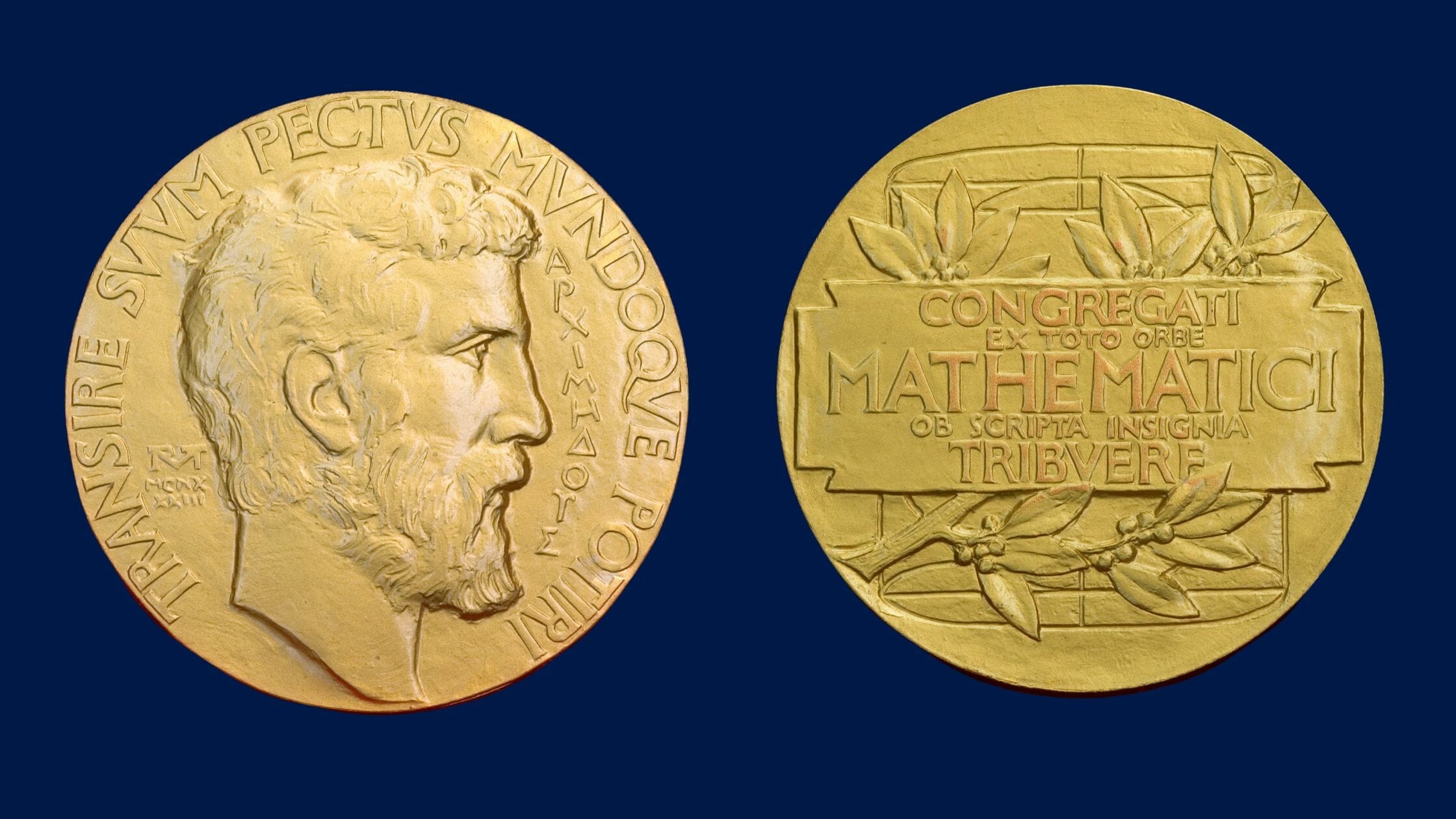
What is the Fields Medal? The Fields Medal is often called the "Nobel Prize of Mathematics." Awarded every four years, it recognizes outstanding achievements in the field. Unlike the Nobel Prize, which honors lifetime achievements, the Fields Medal focuses on mathematicians under 40, encouraging young talent. Established in 1936 by Canadian mathematician John Charles Fields, this prestigious award aims to inspire future generations. Winners receive a gold medal and a cash prize. The medal features Archimedes' image and a Latin inscription translating to "Rise above oneself and grasp the world." This award has celebrated many groundbreaking contributions to mathematics.
Key Takeaways:
- The Fields Medal is like the Nobel Prize for mathematicians under 40, awarded every 4 years for significant contributions. It's prestigious, inspiring, and made of 14-karat gold.
- Notable mathematicians like Maryam Mirzakhani and Terence Tao have won the Fields Medal, bringing global recognition and funding, but controversies exist around age limits and diversity.
What is the Fields Medal?
The Fields Medal is one of the most prestigious awards in mathematics. It is often compared to the Nobel Prize, though it has its own unique criteria and history.
- The Fields Medal is awarded every four years to up to four mathematicians.
- It was first awarded in 1936, but it became a regular event starting in 1950.
- The medal is named after John Charles Fields, a Canadian mathematician who established the award.
- Unlike the Nobel Prize, the Fields Medal is specifically for mathematicians under 40 years old.
Criteria for Winning the Fields Medal
Winning the Fields Medal is no small feat. The selection process is rigorous and highly competitive.
- Candidates must have made significant contributions to mathematics.
- The age limit of 40 is set to encourage younger mathematicians.
- The International Mathematical Union (IMU) is responsible for selecting the winners.
- The medal is awarded during the International Congress of Mathematicians (ICM).
Notable Fields Medalists
Many renowned mathematicians have received the Fields Medal. Their contributions have had a lasting impact on the field.
- John Milnor won the medal in 1962 for his work in differential topology.
- Grigori Perelman was offered the medal in 2006 for solving the Poincaré conjecture but declined it.
- Maryam Mirzakhani became the first woman to win the Fields Medal in 2014.
- Terence Tao, who won in 2006, is known for his work in harmonic analysis.
The Design of the Fields Medal
The medal itself is a work of art, rich in symbolism and history.
- The front of the medal features a portrait of Archimedes.
- The Latin inscription on the medal translates to "To transcend human limitations and master the universe."
- The back of the medal shows a laurel branch and a tablet with the name of the recipient.
- The medal is made of 14-karat gold and weighs about 169 grams.
Impact of the Fields Medal
Winning the Fields Medal can significantly impact a mathematician's career and the field of mathematics as a whole.
- Fields Medalists often receive increased funding and research opportunities.
- The award brings global recognition and prestige to the recipients.
- Many Fields Medalists go on to make further groundbreaking contributions.
- The medal inspires young mathematicians to pursue ambitious research goals.
Controversies and Criticisms
Despite its prestige, the Fields Medal has not been without controversy.
- The age limit of 40 has been criticized for excluding older mathematicians who make significant contributions later in their careers.
- The lack of diversity among recipients has also been a point of contention, though recent years have seen some progress in this area.
The Final Word on Fields Medal Facts
Fields Medal facts offer a glimpse into the world of mathematics' highest honor. This prestigious award, often compared to the Nobel Prize, recognizes outstanding achievements by mathematicians under 40. Established in 1936, it celebrates groundbreaking work and inspires future generations. Winners, like Maryam Mirzakhani, the first female recipient, and Terence Tao, known for his work in harmonic analysis, have made significant contributions to the field.
The medal, named after Canadian mathematician John Charles Fields, is awarded every four years during the International Congress of Mathematicians. Recipients receive a gold medal and a cash prize, symbolizing their exceptional talent and dedication. These facts highlight the importance of the Fields Medal in promoting mathematical excellence and innovation. By understanding its history and significance, we can appreciate the remarkable achievements of those who have earned this esteemed honor.
Frequently Asked Questions
Was this page helpful?
Our commitment to delivering trustworthy and engaging content is at the heart of what we do. Each fact on our site is contributed by real users like you, bringing a wealth of diverse insights and information. To ensure the highest standards of accuracy and reliability, our dedicated editors meticulously review each submission. This process guarantees that the facts we share are not only fascinating but also credible. Trust in our commitment to quality and authenticity as you explore and learn with us.
